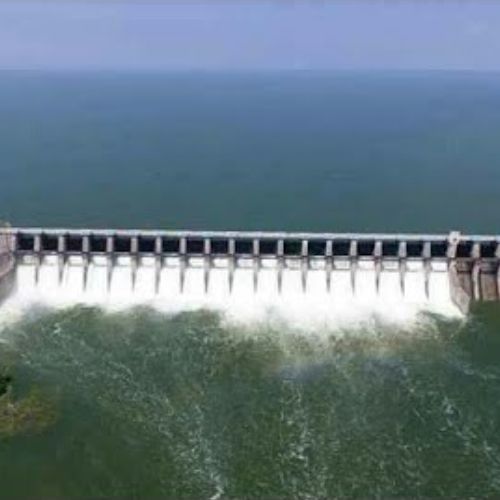The recent report by Central Water Commission (CWC) data analysis has unveiled a spectrum of reservoir storage trends across various Indian states compared to the corresponding period last year. Multiple States including Himachal Pradesh, Punjab, Madhya Pradesh, Tripura, Rajasthan, Bihar, Maharashtra, Uttar Pradesh, Gujarat, Chhattisgarh, Telangana, Andhra Pradesh, Karnataka and Tamil Nadu have witnessed declines in storage percentages compared to the previous year. Several states have showcased improvement in storage percentages, notably Assam, Jharkhand, Odisha, West Bengal, Uttarakhand, and Kerala. Nagaland has sustained storage levels equal to those of the previous year.
As per the reservoir storage bulletin dated March 21, 2024, the collective live storage available in 150 reservoirs amounts to 67.591 billion cubic meters (BCM), constituting 38% of the total live storage capacity. This figure is notably lower than last year’s corresponding period, which recorded 80.557 BCM. Moreover, it falls below the ten-year average of 72.396 BCM.
Northern Region: The water availability in the 10 reservoirs managed by the Central Water Commission (CWC) stands at 6.439 BCM, representing 33% of the total live storage capacity, indicating a decrease from the previous year’s 38%.
Eastern Region: With water availability totalling 9.971 BCM across 23 reservoirs, the region boasts 49% of the total live storage capacity, surpassing last year’s figure of 43%.
Western States: The collective water availability across 49 reservoirs amounts to 16.768 BCM, accounting for 45% of the total live storage capacity, demonstrating a decline from the previous year’s 54%.
Central Region: Water availability in 26 reservoirs totals 22.126 BCM, constituting 46% of the total live storage capacity, marking a decrease from last year’s 49%.
Southern Region: The 42 reservoirs hold 12.287 BCM of water, equivalent to 23% of the total live storage capacity, indicating a decrease from last year’s 39%.
These findings underscore the dynamic nature of water storage patterns across different regions of India. While some areas exhibit encouraging improvements, others face challenges in maintaining storage levels compared to the previous year.












